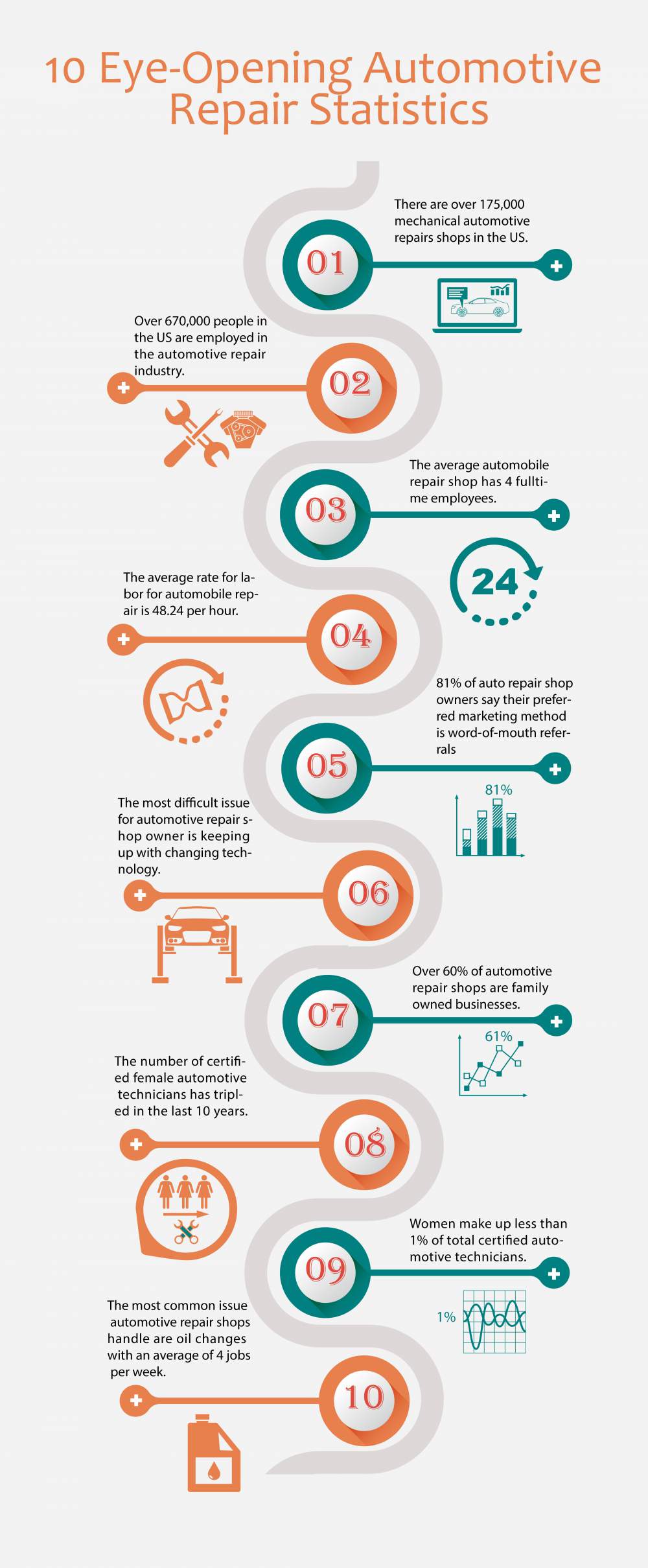Wondering Regarding The Significance Behind Those Dashboard Warning Lights? Gain Insights Into Their Ramifications For Your Car'S Security And Upkeep
Wondering Regarding The Significance Behind Those Dashboard Warning Lights? Gain Insights Into Their Ramifications For Your Car'S Security And Upkeep
Blog Article
Material Writer-Higgins Torres
When you're behind the wheel, those radiant caution lights on your dashboard can be a bit bewildering. Do you recognize what they're trying to inform you about your vehicle's health and wellness? Understanding the importance of these lights is essential for your safety and security and the longevity of your car. So, the next time one of those lights pops up, would not you want to decode its message properly and take the needed actions to resolve it?
Common Warning Lighting and Interpretations
Identify common caution lights in your cars and truck and recognize their definitions to make certain risk-free driving.
One of the most common warning lights consist of the check engine light, which signifies issues with the engine or exhausts system. If this light comes on, it's crucial to have your automobile examined quickly.
https://judahvpkdx.jaiblogs.com/58219125/top-10-tips-for-picking-the-best-automobile-repair-shop-near-you warning light indicates reduced oil pressure, requiring prompt interest to prevent engine damage.
A flashing battery light might recommend a faulty charging system, possibly leaving you stranded if not addressed.
The tire stress surveillance system (TPMS) light alerts you to low tire stress, impacting vehicle stability and fuel performance. Ignoring this could lead to risky driving problems.
The abdominal muscle light shows a problem with the anti-lock braking system, compromising your capability to stop swiftly in emergencies.
Recommended Looking at but not least, the coolant temperature cautioning light warns of engine getting too hot, which can result in extreme damage if not resolved quickly.
Recognizing these typical warning lights will certainly help you resolve problems immediately and keep safe driving conditions.
Relevance of Prompt Focus
Understanding the usual caution lights in your cars and truck is only the very first step; the importance of quickly attending to these warnings can not be emphasized enough to guarantee your safety when traveling.
When a caution light brightens on your control panel, it's your auto's way of communicating a potential problem that needs interest. Ignoring these warnings can bring about more extreme troubles down the road, compromising your safety and possibly costing you a lot more in repairs.
Prompt interest to cautioning lights can prevent breakdowns and mishaps. As an example, a blinking check engine light can show a misfire that, if left ignored, could cause damages to the catalytic converter. Resolving this quickly can conserve you from a costly fixing.
In a similar way, a brake system alerting light might signal reduced brake fluid or used brake pads, crucial components for your security when driving.
Do It Yourself Troubleshooting Tips
If you observe a warning light on your dashboard, there are a couple of do it yourself repairing tips you can attempt prior to looking for specialist assistance.
The initial step is to consult your auto's handbook to recognize what the particular warning light suggests. Occasionally the problem can be as simple as a loosened gas cap triggering the check engine light. Tightening up the gas cap might deal with the trouble.
Another typical issue is a reduced battery, which can trigger different warning lights. Checking the battery connections for deterioration and ensuring they're safe and secure could repair the trouble.
If a warning light continues, you can try resetting it by separating the auto's battery for a few mins and after that reconnecting it. In addition, checking your vehicle's fluid levels, such as oil, coolant, and brake fluid, can help fix alerting lights related to these systems.
Final thought
To conclude, recognizing your auto's caution lights is essential for keeping your automobile running efficiently and securely. By immediately dealing with just click the next article and recognizing what they indicate, you can stay clear of expensive fixings and prospective break downs.
Keep in mind to consult your automobile's guidebook for specific details on each cautioning light and take action as necessary to ensure a hassle-free driving experience.
Stay notified, stay risk-free when traveling!
